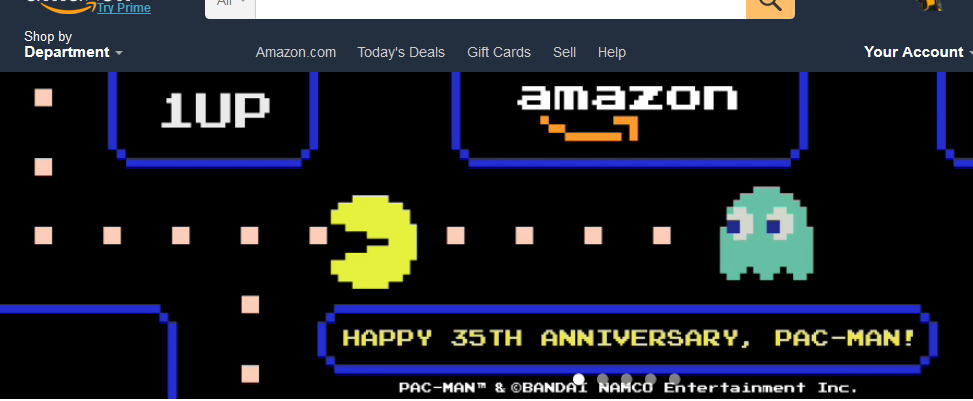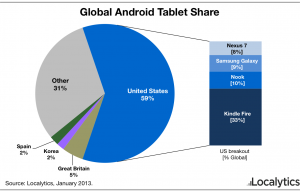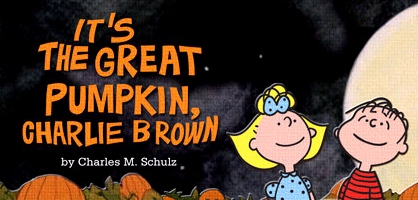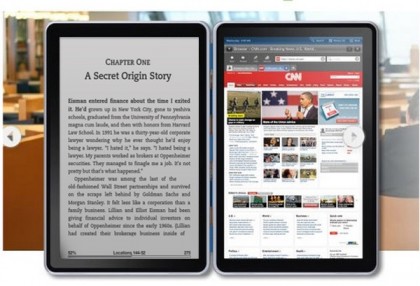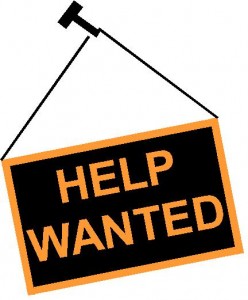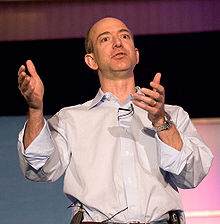Friday Amazon surprised their customers by featuring a game of Pac-Man on their home page. “Happy 35th Anniversary, Pac-Man!” flashed their cheery message, below a row of golden pixels being eaten by Pac-man, as he turned a corner to avoid the blue-eyed “ghosts” chasing him. It was fun seeing all those familiar colors from the classic video game — the red, green, and orange ghosts — and Amazon even snuck in a pixelized version of the Amazon logo! And they’re also offering discounts on Pac-man games today — including a free version of Pac-man for Android phones and tablets!
Amazon’s also offering a 75% discount on “Pac-Man Museum,” an app which officially collects together what it promises are “the greatest PAC-MAN games of all time.” Normally this collection costs $19.95, but today it’s been slashed to just $4.99. There’s also 75% discounts on “Pac-Man and the Ghostly Adventures,” a game based on the popular new Pac-Man TV show, and on a new game called “Pac-Man Championship Edition DX+”. (“There are plenty of different level designs,” writes one reviewer on Amazon,” adding “you can alter the visual style for each map, everything around you changes on the fly, you can be chased by dozens of ghosts at a time. It’s intense!”)
Google’s also celebrating Pacman’s birthday, but of course, you’ll have to search for it. If you type “Pacman” into Google’s search bar, the first result is their own online version of the game, which Google featured on their front page back in 2010 (celebrating Pacman’s 30th anniversary). And they’re also distributing the same free version of Pacman for Android devices in Google’s app “Play Store”.
I commemorated this anniversary by reading some fascinating trivia about Pac-man’s creator, Toru Iwatani (who was just 24 when he created the game!) According to Wikipedia, Toru maintained for years that his inspiration for the yellow character came from a pizza with a slice missing, but in 1986 he qualified this, saying that Pac-man actually was also designed to look like the Japanese character for the word mouth. Pac-man gets powerful when he eats an energizer button, which he says was inspired by Popeye, and he also wanted to encourage more girls to join in the fun of playing video games.
And by 1990, the game had earned more that $2.5 billion — one quarter at a time.
